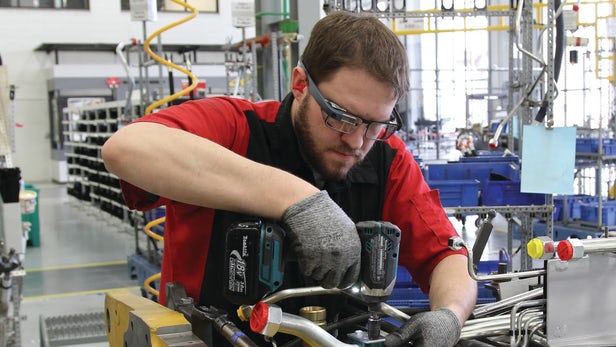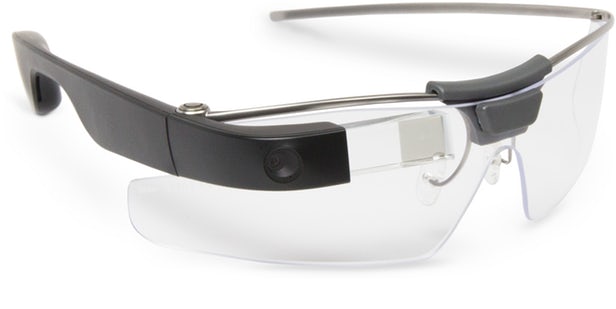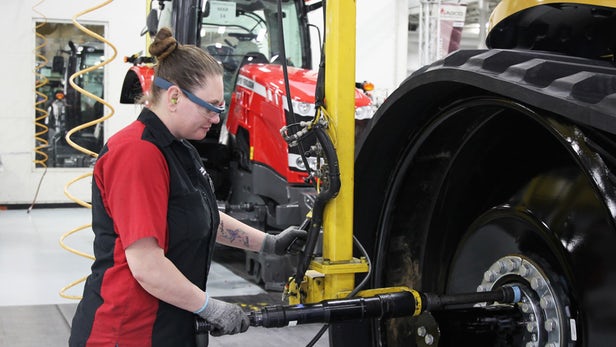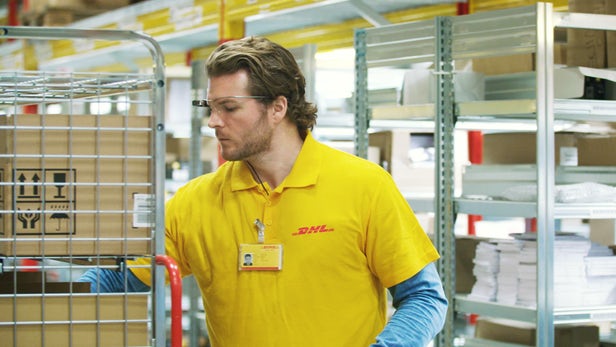Google Glass is back from the dead, and changing the face of manufacturing

After two years of quiet development Google Glass is back and being utilized across a variety of professional workplaces (Credit: Glass)
Depending on who you talk to, Google Glass was either a device way ahead of its time and the general public just wasn't ready for it, or an expensive technological dead-end that solved a problem no one ever had. Google Glass raised thorny privacy concerns and early adopters were quickly labelled "Glassholes" giving the device a public stigma it might never overcome.
In 2015 the Google Glass Explorer Program went dark. The device went off sale and behind closed doors. Official word promised future versions of Glass would reappear, but there were rumblings that the entire idea was done for. Google Glass would become one of those embarrassing developmental nadirs that people in the future joked about.
Well … Google Glass is back and this time it's looking like it is being directed at a much more useful target: businesses. For the last two years Glass has been working with a variety of companies to find ways of incorporating the device across a broad spectrum of businesses.
The company is now publicly relaunching the device with the Glass Enterprise Edition. The hardware has been improved, battery life extended, camera upgraded and the entire design reimagined. Brian Ballard, CEO of one of the companies Glass has been working with remarked to Wired, "They had seen how we were using it, and rethought everything—how you charge it, fold it up, prevent sweating, Wi-Fi coverage."
AGCO, one of the companies using the Glass Enterprise Edition, has reduced machinery production time by 25 percent by incorporating the product into their manufacturing lines. Employees can now immediately access checklists, instruction manuals and make reports much more efficiently using Glass.
"Employees are now working smarter, faster and safer because they have the information they need right in their line of sight," says Peggy Gulick, AGCO's Director of Business Process Improvement.
DHL has also been using Glass to speed up its supply chain processes. Glass can immediately deliver location information to a picker in the warehouse, recommend the best pick path, and generally make the entire job run more efficiently. DHL say Glass has increased its supply chain efficiency by 15 percent.
Glass has also been utilized by doctors to increase productivity, and a company dedicated to providing mobility solutions for blind or low-vision people.
In hindsight it feels like an obvious, and perfect, utilization of the technology. The clunky, AR device never really clicked with "cool cache" in the public domain, but in the professional or industrial workplace it is turning out to be incredibly useful. Stripped of the Insta-photo, email-checking trimmings, the device is now being used to cleverly enhance workflows and make it easier for people to do their jobs. Google Glass is back from the dead.
Watch how Boeing has incorporated the Glass into their manufacturing process in the video below.
Source: Glass Enterprise Edition



